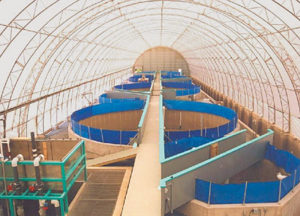
Survey defines RAS finfish aquaculture in United States, Canada
Recirculating aquaculture systems (RAS) has moved beyond research and development to claiming a growing share of commercial finfish aquaculture production.
Recent research with cobia has generated considerable interest from both science and industry, primarily because of the rapid growth rate and flesh quality of the fish.

Recirculating aquaculture systems (RAS) has moved beyond research and development to claiming a growing share of commercial finfish aquaculture production.
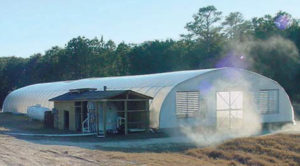
Greenhouse raceways can be managed with zero to minimal water exchange, thus greatly reducing environmental impacts due to effluent discharge.
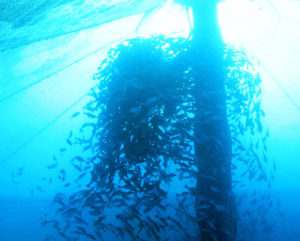
A combined effort led to major breakthroughs in marine fish aquaculture in the southeastern United States and Caribbean in 2002.
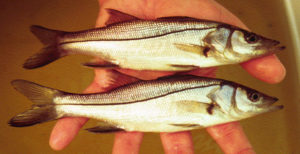
Increasing fishing pressure and loss of habitat along Florida’s coastline have led to the development of protocols for snook aquaculture and stock enhancement.
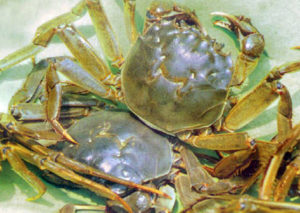
Chinese mitten-handed crabs are a fast-growing aquaculture species in China during the last decade, with consumption dating back a millennium.
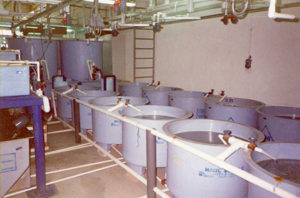
Tilapia culture in Kuwait was initiated by the Institute for Scientific Research to screen and select species suitable for intensive commercial production.
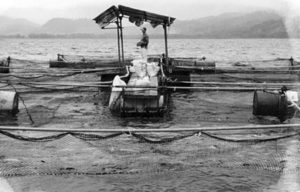
There has been tremendous growth in tilapia culture in Honduras. In 2002, commercial production will reach 10,500 metric tons.
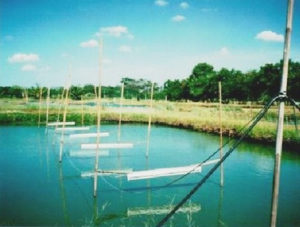
Night lighting has a growth-promoting effect on temperate fish, as they exhibit increased foraging. Lights also attract insects, an additional source of protein.
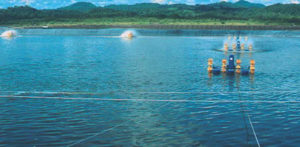
The Nicaragua Small Shrimp Producer Assistance Program recently established a successful demonstration site for zero-exchange culture systems.
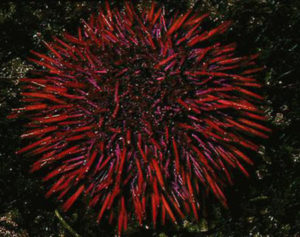
The gonads of male and female sea urchins is considered a delicacy. A strong market value for quality uni make urchins an excellent aquaculture candidate.
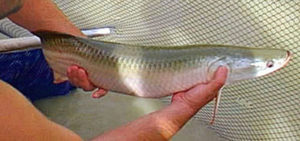
The pirarucu or Brazilian freshwater cod, an endemic fish species from the Amazon River basin, is the largest freshwater scaled fish in the world.
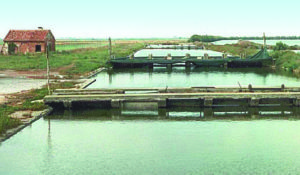
Shrimp farming in Italy has been largely based on the introduced species Kuruma shrimp (M. japonicus), providing an alternative source to imports.
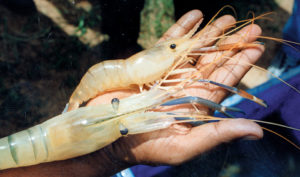
Freshwater prawn farming has taken place in India for many years, yet up until the late 1990s, annual production was just a few hundred tons.
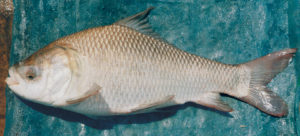
Three species of Indian major carp, indigenous to the rivers of the subcontinent, are widely cultivated in India and parts of Southeast Asia.
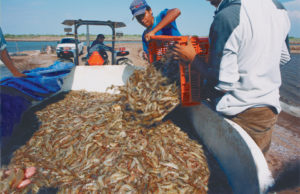
Partial harvesting is sometimes an important alternative that can be used to “thin” the biomass or supply small quantities of shrimp to local markets.